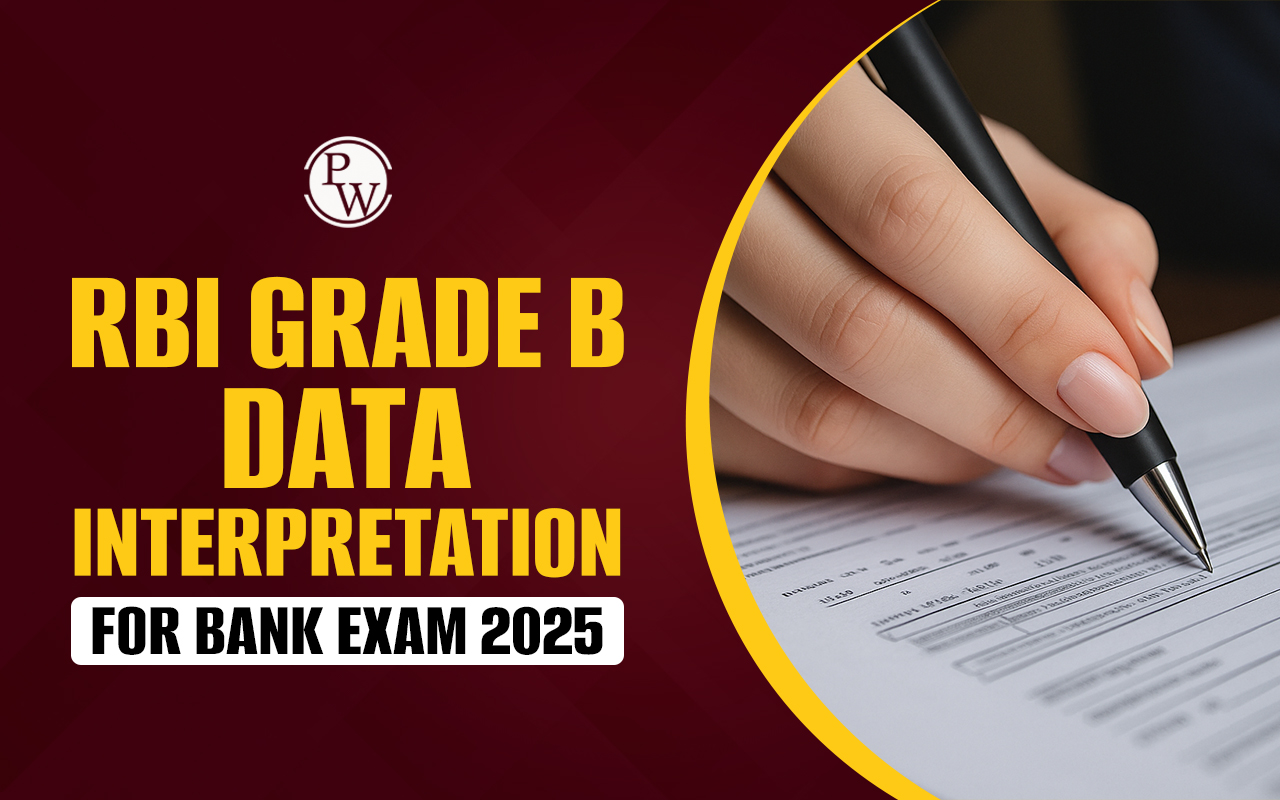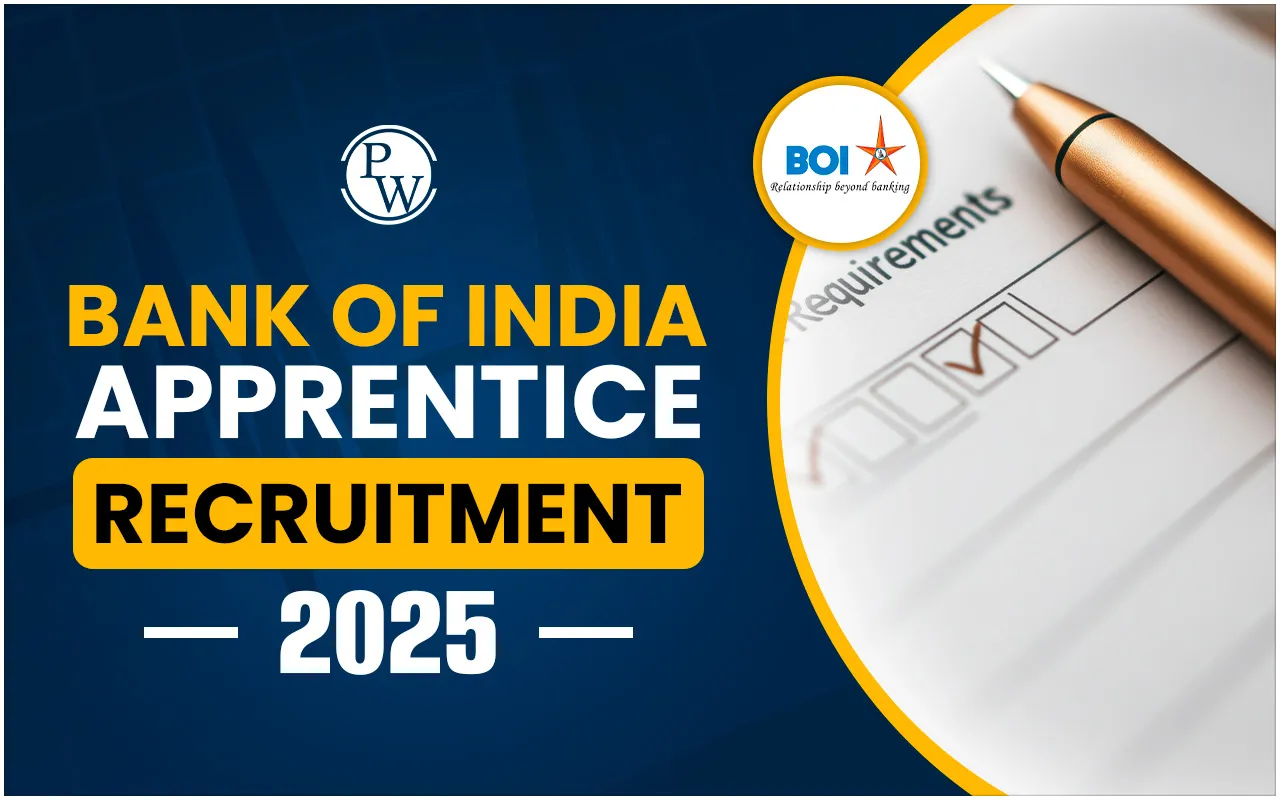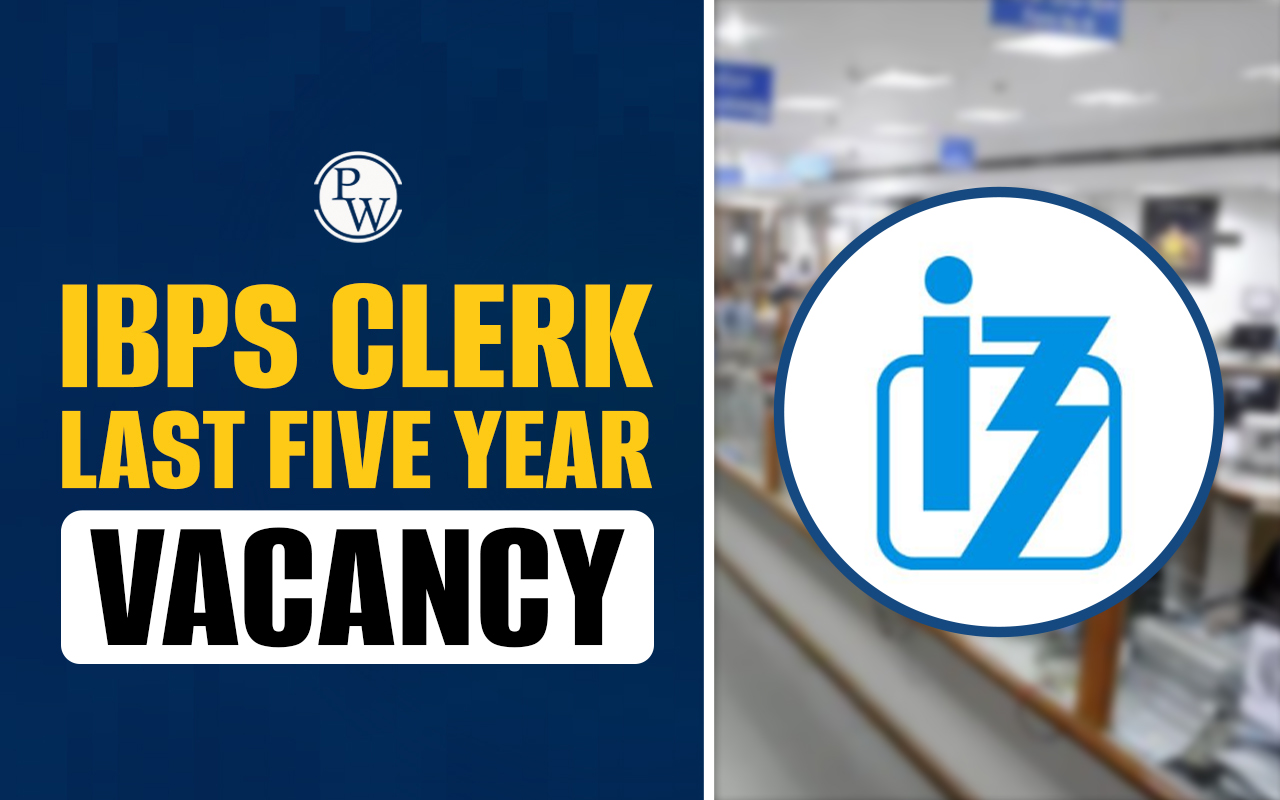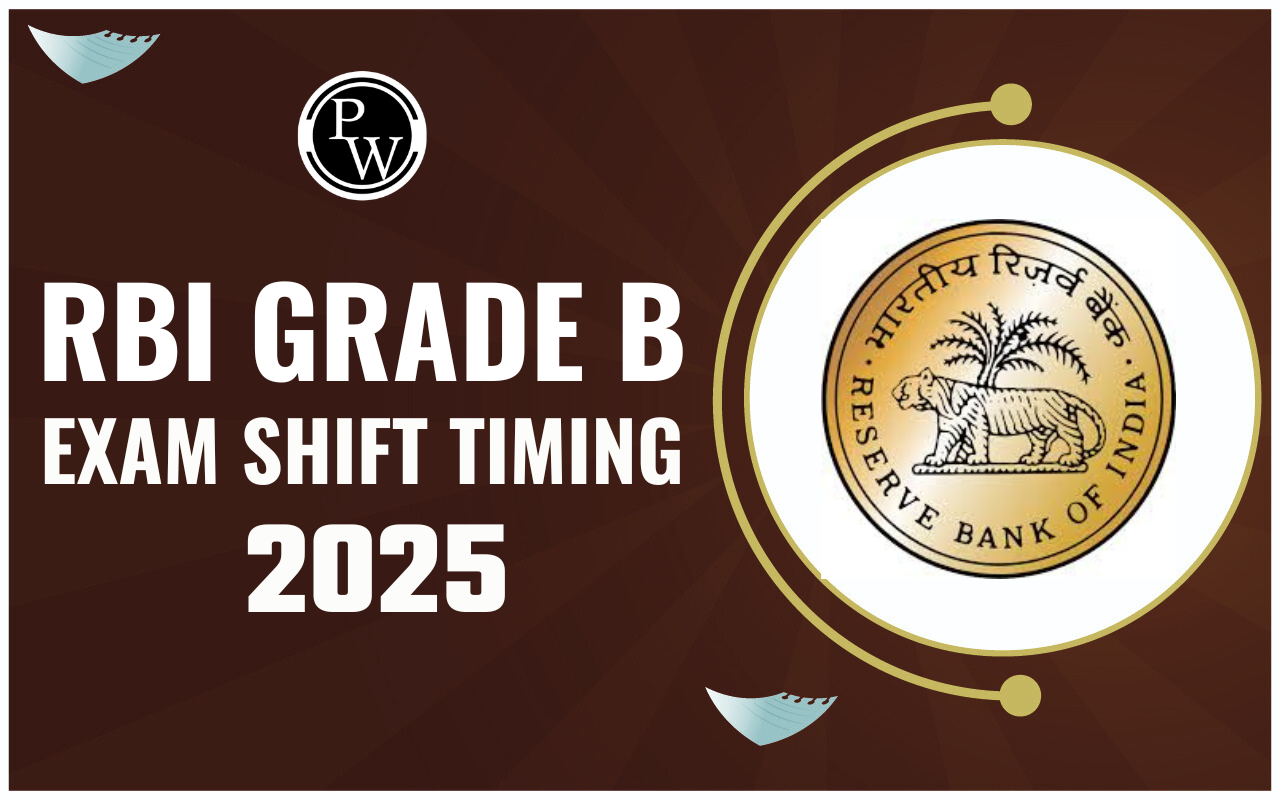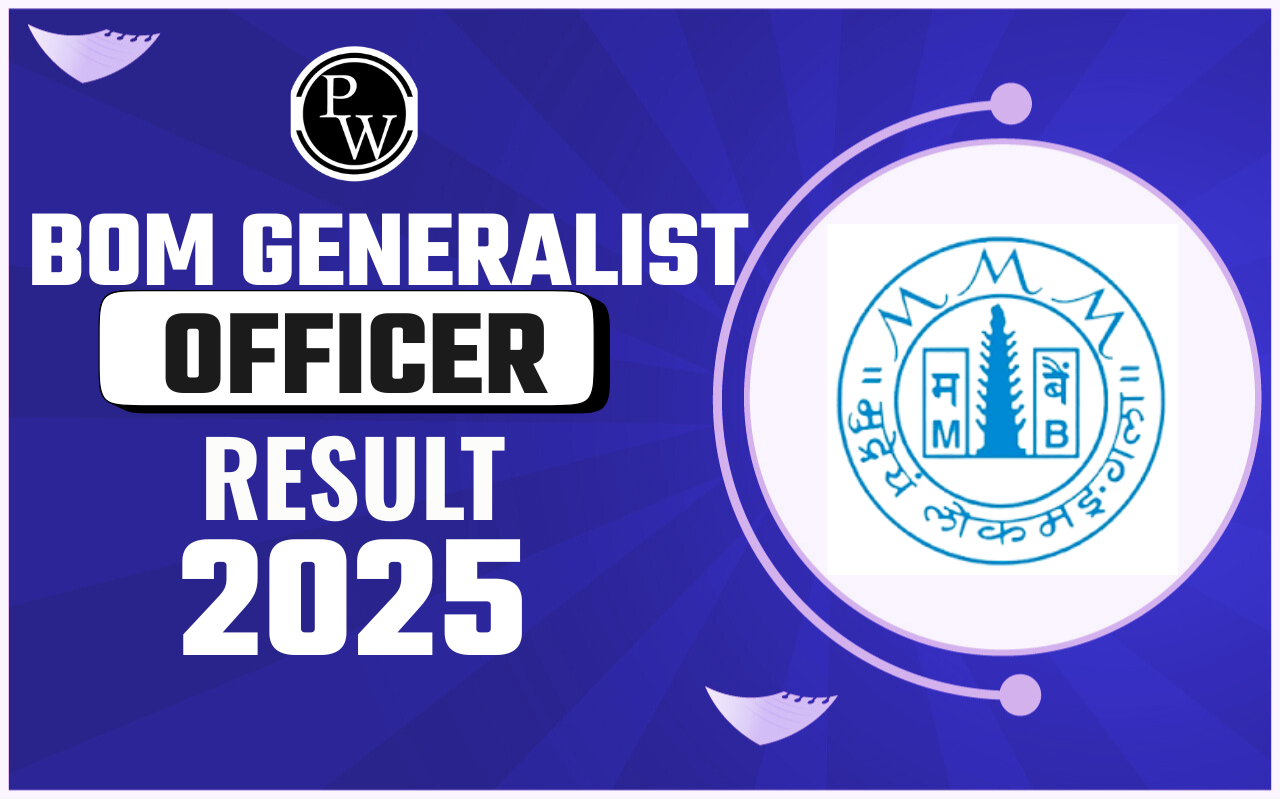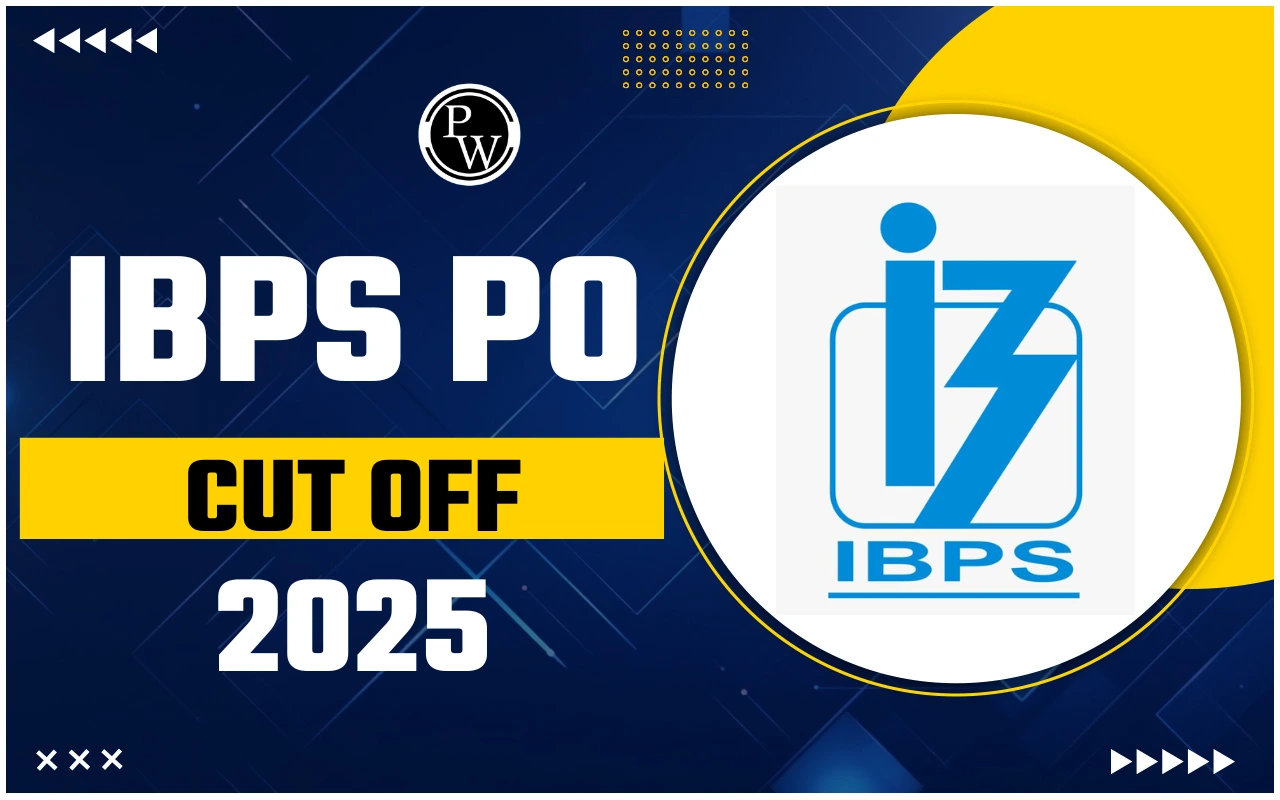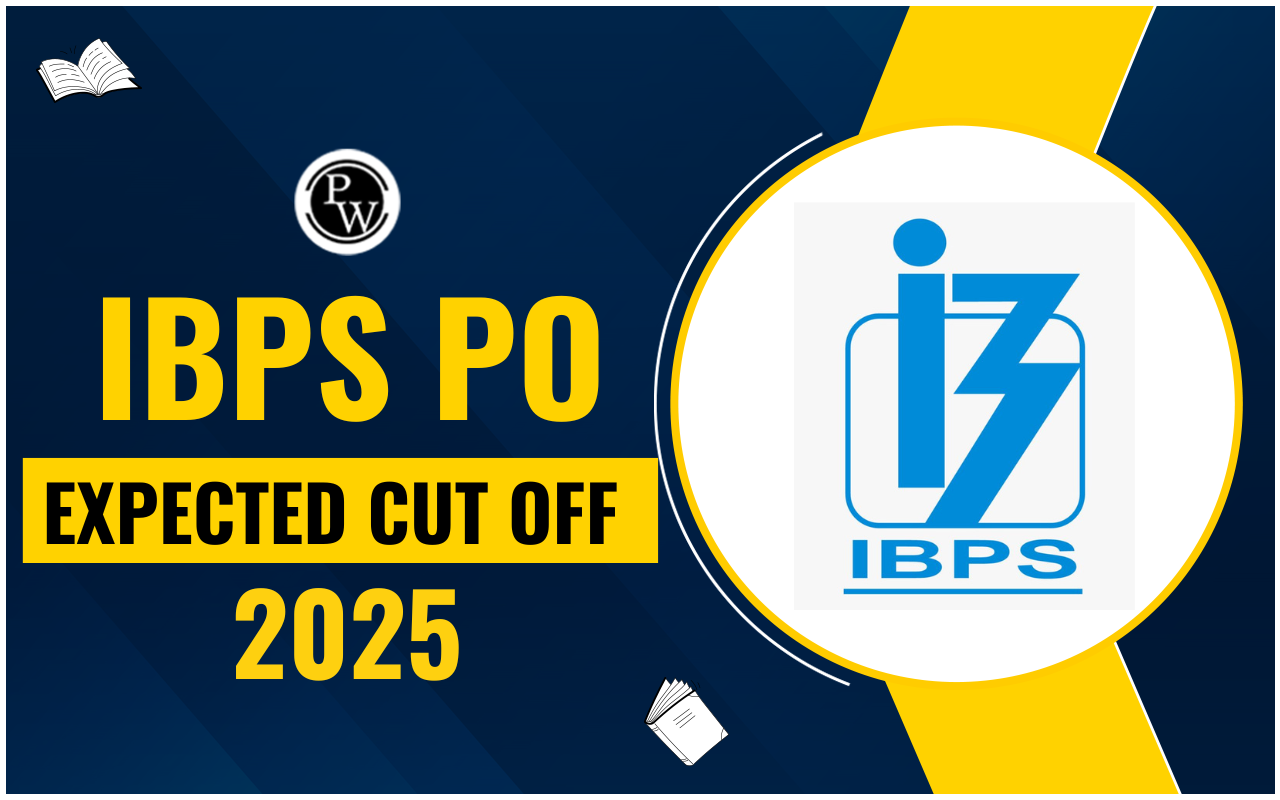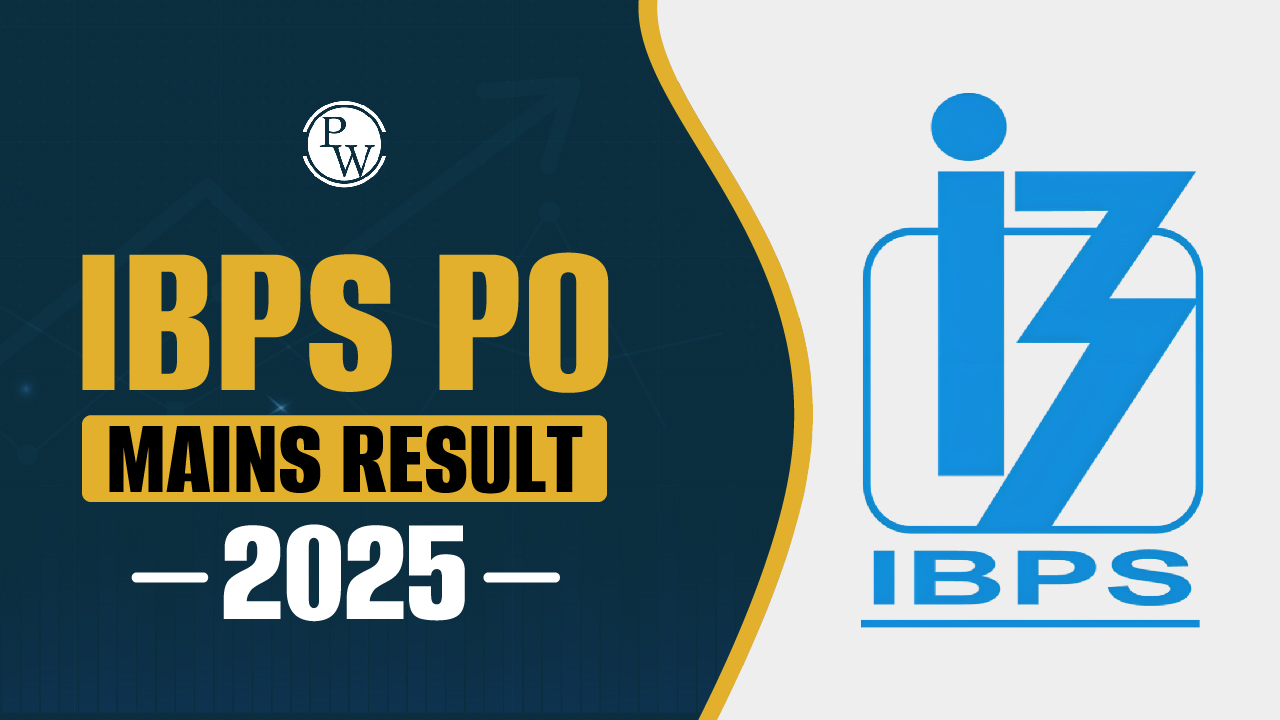
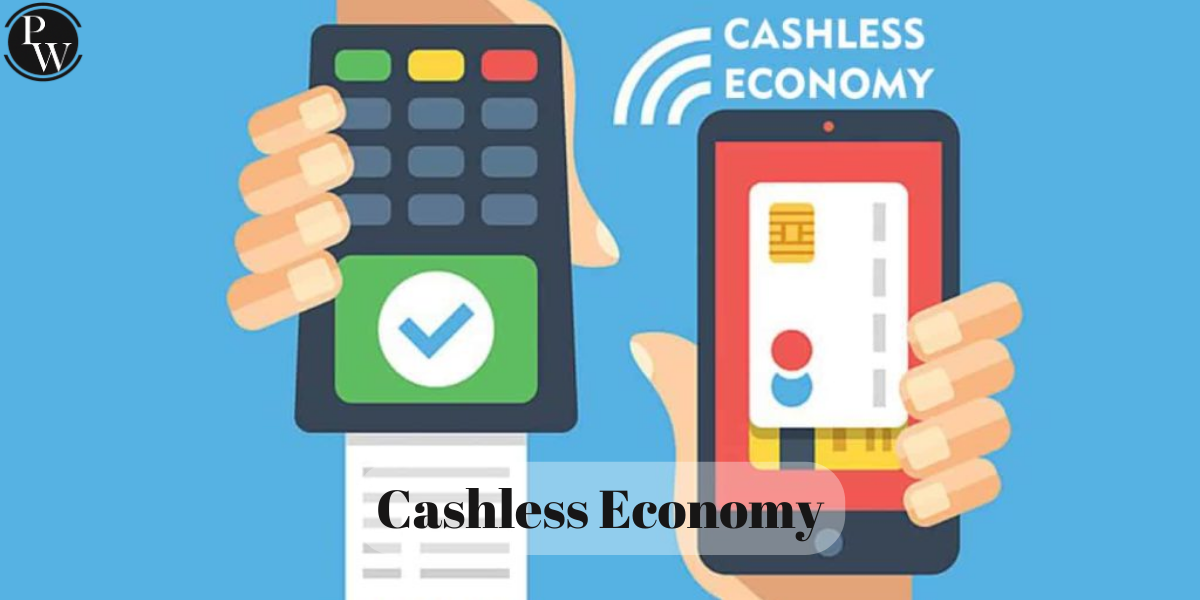
Cashless Economy
Cashless economy: A cashless economy is one where transactions depends less on physical money like notes and coins, and more on electronic forms like credit cards, debit cards, and prepaid payment methods. In India, the move towards a cashless economy has been strengthened through the government's Digital India initiative. This flagship program aims to digitally empower society and transition the country into a knowledge-based economy.
Cashless Economy Meaning
A cashless economy eliminates physical cash flow, relying entirely on electronic channels such as direct debit, credit cards, debit cards, and electronic payment systems like IMPS, NEFT, and RTGS in India.
Cashless Economy in India Highlights
- Government Push Post Demonetization: After demonetization, the Indian government actively promotes online and card-based transactions, aiming for a largely cashless economy.
- Rise of E-Payment Startups: The country witnesses rapid growth in e-payment startups, contributing to the transition to a cashless system.
- Unified Payments Interface (UPI): The introduction of UPI facilitates seamless cashless transactions, providing a unified platform for various electronic payment methods.
- Digital Transformation Amid COVID-19: The COVID-19 pandemic accelerates the shift towards digital transactions in line with the vision of a Digital India.
Record UPI Transactions
According to NPCI data, UPI transactions in June 2020 reach an all-time high of 1.34 billion, with a total value of nearly Rs 2.62 lakh crore.
Cashless Economy: Cashless Payment Modes in India
In the contemporary financial landscape, the concept of a cashless economy has gained significant traction, with a myriad of payment modes facilitating seamless transactions. Here, we delve into the intricacies of three prominent cashless modes: Mobile Wallets, Plastic Money, and Net Banking.
Mobile Wallets
At the forefront of cashless transactions is the mobile wallet, a virtual repository accessible on your mobile device. Users can deposit funds into these digital wallets through online channels, utilizing credit/debit cards or Net banking. Various service providers offer dedicated mobile apps, transforming smartphones into convenient hubs for financial transactions.
Whether settling bills or engaging in online shopping, mobile wallets eliminate the need to divulge card details with each transaction, streamlining the payment process.
Plastic Money: Credit, Debit, and Prepaid Cards
The realm of plastic money encompasses credit, debit, and prepaid cards, each playing a distinctive role in the cashless ecosystem. These cards, physical or virtual, can be obtained from banks or non-banking entities. Enabled for online recharge via Net banking, they serve versatile purposes—from online and point-of-sale (PoS) purchases to cash withdrawals at ATMs.
Gift cards further extend the utility of plastic money, making it a versatile instrument for various financial transactions at merchant outlets, including shops, restaurants, and fuel stations.
Net Banking
In contrast to the wallet-centric approach, Net banking relies on the direct online transfer of funds between bank accounts, credit cards, or third-party entities. Accessible through computers or mobile phones, users log in to their bank accounts to initiate transactions.
The flexibility of options, including national electronic funds transfer (NEFT), real-time gross settlement (RTGS), and immediate payment service (IMPS), underscores the convenience of this mode. Despite a nominal transaction cost, Net banking offers a straightforward mechanism for secure and swift fund transfers.
Cashless Economy in India: Platforms and Applications
The transition towards a cashless economy in India is propelled by diverse platforms and applications. These technological solutions simplify fund transfers and payments, fostering financial inclusivity. Embracing national initiatives, users can seamlessly engage in cashless transactions, contributing to the evolving landscape of digital finance.
In essence, the evolution of cashless payment modes reflects a dynamic shift in the way financial transactions are conducted, emphasizing efficiency, security, and accessibility in the digital era.
Different Cashless Ways and Their Benefits
In a cashless setup, the Reserve Bank of India (RBI) calls any form of money transfer without using cash or coins a 'prepaid payment instrument.' These can be things like cards or phone apps, and they come in four types:
- Open Wallets: These let you buy stuff, take out cash, and send money to any mobile linked to a bank account. An example is Vodafone's M-Pesa.
- Semi-Open Wallets: You can't take cash out; you have to spend what you put in. Examples include Airtel Money and Ola Money.
- Closed Wallets: E-commerce companies often use these. Money gets locked with the seller if you cancel a purchase. Examples are Flipkart and BookMyShow wallets.
- Semi-Closed Wallets: You can't take cash out, but you can buy things and do financial stuff at certain places. Paytm is a popular example.
Cashless Economy in India Advantages
Moving to a cashless economy in India has several advantages:
- No More Hidden Markets: Electronic records make it hard for secret markets to exist, reducing illegal activities.
- Less Fake Money: Fake currency circulation goes down.
- More Taxes for Good Things: It's harder to avoid taxes, so the government gets more money for programs that help people.
- Clearer and Safer Transactions: Digital transactions are straightforward, safe, and make things run smoother.
- Convenience and Efficiency: Buying things digitally is easy and makes the market work better.
- Less Risk Carrying Cash: You don't have to carry lots of cash, making things safer.
- Save Money on Making Cash: Making paper money and coins costs less when we use less of them.
- Smart Planning with Data: The data from digital transactions helps the government plan for the future, like for houses and energy.
In short, different cashless ways bring changes that make things easier, safer, and better in India's economy.
Cashless Economy in India Challenges
Moving to a cashless society in India comes with some challenges:
- Infrastructure and Inclusion: The lack of proper setup is a big problem. Issues like slow banking systems, not-so-good internet, and not enough digital payment options need fixing. To make the change, we need more smartphones, better internet, and a safe way to make digital payments.
- Financial Inclusion: For a cashless system to work, everyone must have access to banking. That means every person should have a bank account with a card for buying things and online banking. Learn more about this in the linked article about Financial Inclusion.
- Knowing How to Use Digital Money: Just having access to digital money isn't enough. People should also know how to use it. They need to understand how digital money works and how to make transactions with it.
- Staying Safe Online: Digital systems can be attacked by hackers. This can lead to fraud, identity theft, and other problems. We need strong defenses against these attacks, rules to protect data, and ways to make sure people's privacy is safe.
- Changing Habits: In India, people are used to using cash. They might not be familiar with digital ways of paying. To make this change, we need to slowly introduce digital payments, teach people about them, and change their habits.
- City vs. Village Differences: In cities, the internet is fast, and people use digital ways to pay. But in villages, the internet might not be so good. Even though there are many smartphones, it will take time for villages to use them for transactions. There's also a big difference in the number of ATMs and banks between cities and villages. We need to bridge this gap for a successful cashless system.
Is India Ready for a Cashless Economy?
Digital Challenges in Debit Card Usage:
- Over 85% (in volume) and 94% (in value) of debit card usage in India is for cash withdrawals at ATMs.
- The primary purpose of debit cards is seen as a means to withdraw cash.
- The growth in debit cards (over 600 million) is a result of financial inclusion but has shifted cash withdrawals from banks to ATMs.
India’s Cash to GDP Ratio:
- The global challenge is to curb the rise in currency circulation and its share in GDP, seen prominently in the US, Switzerland, and the Euro area.
- A continuous increase in currency circulation poses a significant obstacle to transitioning to a cashless and digital economy.
- India’s cash to GDP ratio is around 12 to 13%, higher than the US, the UK, and the Euro area but lower than Japan (about 18%).
Challenges to a Cashless Economy in India
- Limited Access to Debit Cards and Smartphones: A significant portion of the population lacks access to debit cards and smartphones, leading to a preference for cash transactions.
- Debit Card Usage for Cash Withdrawals: The majority of the population uses debit cards primarily to withdraw money rather than making direct payments.
- Lack of Awareness and Education: People are not fully aware and educated about cashless payment methods.
- Limited Internet Access for Online Payments: Only 26% of the population has access to the internet for online payments, according to surveys and data.
- Privacy and Security Concerns: Building awareness of privacy and security in cashless transactions is a significant challenge for the government. The slow adoption of the cashless economy is attributed to a lack of trust in the privacy terms of online portals, platforms, and applications.
Cashless Economy and Government Initiatives
Demonetization
In November 2016, India embarked on its journey towards a cashless economy through demonetization. The cash to GDP ratio, initially at 12%, dropped to 9% post-demonetization but gradually increased at a slower yet steady pace.Impact on Digital Wallets
Post-demonetization, Paytm observed a significant surge, reaching 5 million daily transactions compared to its previous average of three million. This period also marked a 700% increase in overall traffic and a 1000% rise in funds added to Paytm accounts. Ola Money similarly experienced a remarkable 1500% increase in its e-wallet usage.Unified Payments Interface (UPI)
The Unified Payments Interface (UPI) is India’s flagship payments interface, launched by the National Payments Corporation of India (NPCI) to align with the RBI’s vision of a "less-cash" society. UPI operates through standard APIs, providing an interoperable system built on the Immediate Payment Service (IMPS) platform. The UPI ecosystem involves three key players:- Payment Service Providers (PSPs): Facilitate the interface between the payer and payee, allowing the use of different PSPs by each party.
- Banks: Provide underlying accounts, with some cases where the bank and PSP may be the same.
- NPCI: Acts as the central switch, ensuring Virtual Payment Address (VPA) resolution and managing credit and debit transactions through IMPS.
Direct Benefit Transfer (DBT)
The Direct Benefit Transfer scheme, initiated by the Government of India, transfers benefits and subsidies directly to the bank accounts of beneficiaries. This strategic move has successfully introduced digital banking into rural India.NITI Aayog Committee
A committee, led by NITI Aayog CEO Amitabh Kant, was established to expedite India's transition to a cashless economy. The committee's objectives include identifying bottlenecks affecting digital payment access, engaging with stakeholders, and establishing an implementation framework with strict timelines. The ultimate goal is to ensure that nearly 80% of transactions in India move to a digital-only platform, with a focus on cost-effectiveness.
Pradhan Mantri Jan Dhan Yojana
Launched in 2014, the Pradhan Mantri Jan Dhan Yojana is a significant financial inclusion initiative. It aims to provide comprehensive financial services to all households, including basic savings, bank accounts, need-based credit, insurance, and pension. This initiative has played a pivotal role in opening bank accounts for the underprivileged.
Panel of Chief Ministers
A 13-member committee, including six Chief Ministers and chaired by Andhra Pradesh CM Chandrababu Naidu, was set up to expand the use of digital payment platforms across India. The committee, featuring NITI Aayog Vice-Chairman and industry and academia representatives, aims to identify global best practices, outline measures for rapid expansion, and develop a roadmap for implementation within one year.
Ratan Watal Panel on Digital Payments
Headed by former finance secretary Ratan Watal, this panel, formed in August, focuses on suggesting ways to encourage India's transition towards a cashless economy.
India can glean valuable insights from the experiences of other developing nations that successfully curtailed their reliance on cash while incorporating more individuals into formal banking systems.
Cashless Economy Key Strategies for Progress
- Investment in Infrastructure: India's progression towards a cashless economy necessitates significant investment in building both financial and digital infrastructure. A robust foundation is crucial for the seamless integration of electronic payment systems into everyday transactions.
- Financial and Digital Literacy Drive: Launching a comprehensive nationwide financial and digital literacy campaign is imperative. This should be coupled with a medium-term strategy focused on enhancing access to and awareness of electronic payments. Targeted financial education initiatives have the potential to enhance financial literacy, improve credit management skills, and increase overall account ownership.
- Attitude Transformation: Initiating a formidable effort to alter customer and merchant attitudes towards digital payments is essential. Government-led campaigns can play a pivotal role in dispelling reservations and fostering trust in digital payment systems.
- Cybersecurity Imperatives: Implementing rigorous cybersecurity measures is non-negotiable. As digital transactions become more prevalent, safeguarding sensitive information and ensuring the integrity of electronic payment systems are paramount. The government must prioritize and enact measures to fortify the cybersecurity infrastructure.
Cashless Economy Unified Payments Interface (UPI)
India's pioneering initiatives in promoting cashless economy is the Unified Payments Interface (UPI). Launched by the National Payments Corporation of India (NPCI), UPI serves as a transformative force aligning with the Reserve Bank of India's vision for a less-cash and more digitally-driven society.
Unified Payments Interface (UPI) operates as a standardized set of application programming interfaces (APIs) designed to facilitate seamless and interoperable fund transfers. This cutting-edge system is built on top of the Immediate Payment Service (IMPS) platform, providing a versatile and user-friendly channel for digital transactions.
Key Components of the UPI Ecosystem
Payment Service Providers (PSPs)
- PSPs play a pivotal role in bridging the interface between the payer and the payee within the UPI framework.
- Unlike conventional wallets, UPI allows users to engage with different PSPs, offering flexibility in transaction partners.
Banks
- Banks form the backbone by providing the underlying accounts for UPI transactions.
- In certain instances, the bank and the PSP may be synonymous, streamlining the transaction process.
NPCI as the Central Switch
- The National Payments Corporation of India (NPCI) functions as the central switch in the UPI ecosystem.
- It ensures the resolution of Virtual Payment Addresses (VPAs) and facilitates credit and debit transactions through the IMPS platform.
Advantages of UPI
- Interoperability: UPI offers a seamless and interoperable system, allowing users across different platforms and providers to conduct transactions effortlessly.
- Immediate Transactions: Built on the IMPS platform, UPI enables immediate fund transfers, enhancing the efficiency of digital transactions.
- User Flexibility: Users have the freedom to choose different PSPs, fostering a competitive and user-centric environment.
- Secure Transactions: UPI prioritizes security, employing robust measures to safeguard user information and ensure the integrity of digital transactions.
Unified Payments Interface (UPI) stands as India's bold leap towards a cashless economy, promoting financial inclusivity and digital accessibility. As a versatile and secure system, UPI paves the way for a future where digital transactions are not just a convenience but a cornerstone of the nation's economic landscape.
Which country has 100% cashless economy?
Is going cashless good for the economy?
What is the scope of the cashless economy?
Why India is not ready for cashless economy?
What is the main objective of cashless India?


